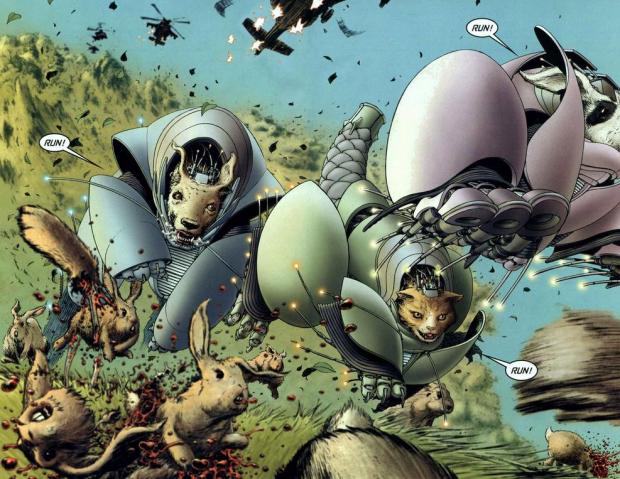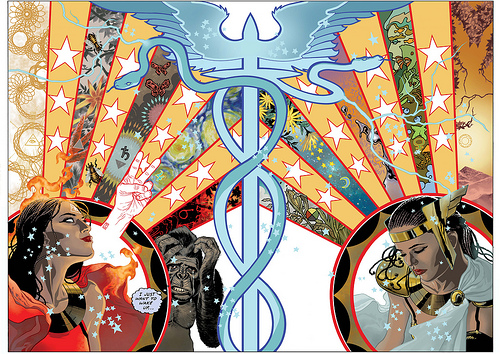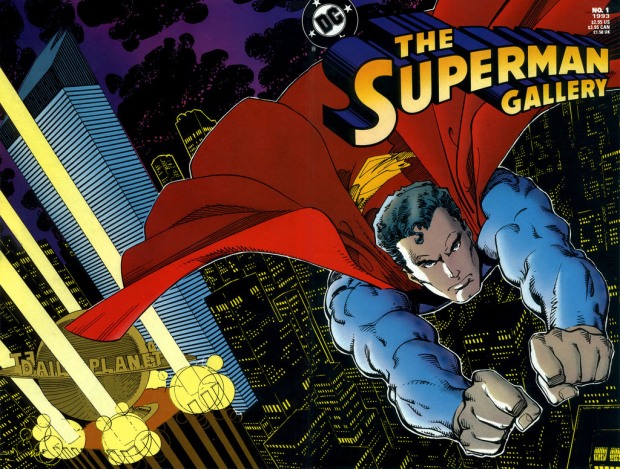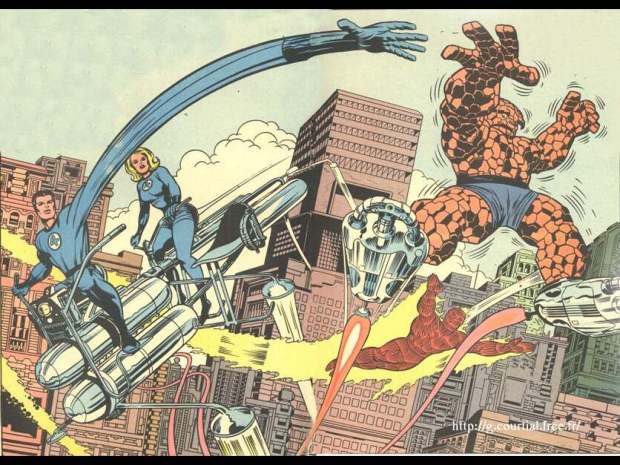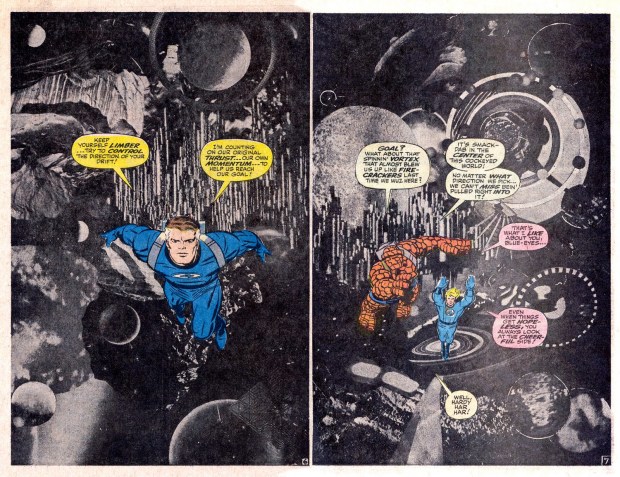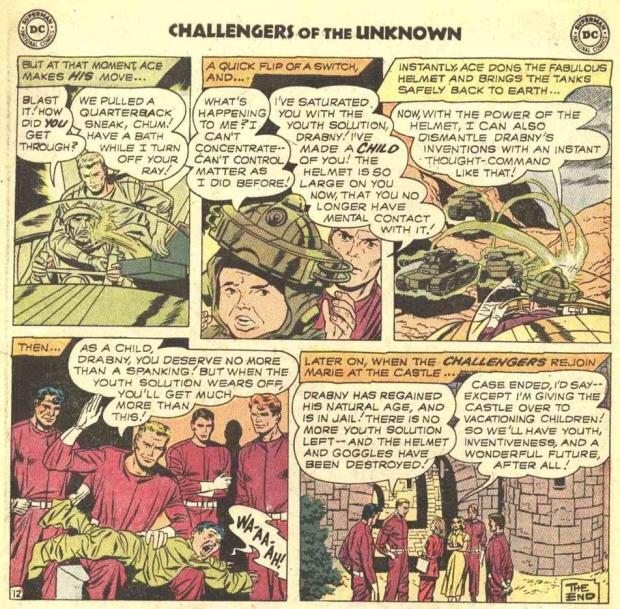As a catch up for all new visitors to Beyond the Bunker, we’ll be representing the original Practitioners series 1-55 (Simon Bisley – Chris Bachalo and featuring the most influential comic creatives in history). Thoroughly incomplete but featuring legends like Stan Lee, Jack Kirby, Frank Miller and Alan Moore already more will be hitting the site every two alternate weeks. For now though, sit back every Tuesday for a run-down of the men and women who created the comic industry we know today. (Or check the full list in the menus above). This week: Global comics megastar and frustrated visionary; Grant Morrison.
Grant Morrison is a scottish comic book writer and playwright born 31 January 1960 who harnesses and embraces the full power of literature, psychology, history, science and mixes it all with an acute awareness of readership and popular culture. Sending Frankenstein to a land at the end of human experience and standing Wolverine and Sabretooth at the urinals of the Hellfire Club in the pursuit of perfect storytelling in comic books, drawing on a bewildering array of sources to bring forth writing that elevates and encourages its readership with rich language and deep, irony laced ideas of impossible futures and near unrecognisable presents, outer dimensions and the end of many worlds. Due to leave comic books at the end of his run with Batman, Morrison’s legacy will be one that lasts.
Never scared of the poignant or the difficult Morrison has the canny knack of shifting seamlessly from the scientific explanation of a Voyager Titan mentally preparing to be launched into deep space for centuries in All Star Superman to the very real failure of Scott Summers to retain his marriage in the wake of post traumatic stress he is unable to express in New X-Men. It his acknowledgment of the need to ground – at least to the degree required for a readers’ mind if not in real terms – absurd statements and events with less abstract and more concise human situations and scenarios, underpinning everything with realistic and recognisable reactions.He achieves this while still understanding the bare bones of comic book storytelling – still revelling in the idea of superheroes and extreme science fiction and (occasionally) magic. Elevating the subject matters though he does, he knows at all time who he is speaking to – and speaks as one of them, only with greater authority and verve.
He recognises, as all great writers perhaps do – no matter how many stars and space cannons are exploding around the main characters – that it is the individual humanity carefully identified by the writer that each character demonstrates that pins the story to the ground and allows it to resonate with the reader. In the same way that horror relies on the reactions of the participants, Morrison crafts insane worlds that are either (mostly) wholly accepted by its participants or accepted begrudgingly by them. The level of disbelief is relieved most of all by Morrison’s dialogue in which central, authoritative figures matter of factly describe high end science fiction ideas in lyrical and poetic language that causes the reader to wish it were so and, more subtly, believe it is possible. Using real science, meticulously applied and expanded upon, Morrison creates ephemeral worlds on solid foundations, allowing a degree of believability. The idea that Lex Luthor keeps a trained Baboon dressed as Superman in his cell for instance relies on the idea that reinforces Luthor as a genius, capable of manipulating his environment and the malign patience required to train a baboon and the influence to get the materials required. This falls into Morrison’s third greatest trick; an astonishing array of subtext and context to all of his characters. This is demonstrated beautifully, with the realisation that Luthor has a cavernous escape route available at any time through a trap door in his cell. His character is yet further reinforced as Kent is met at the base of stone stairs by an ambiguously aged girl in mild S&M uniform, piloting a Gondola on an underground lake. The iconography involved draws in sexual ambiguity (what is Luthor’s relationship to the girl – later uncovered as his niece, possibly for matters of taste), themes of power and influence and the mythology of the river Styx, as the innocent Kent is slowly taken back out to the living world. This may seem overly detailed and analytical but Morrison is at least that referential. His notes to his artists perhaps second only to the great Alan Moore.
His pacing and use of character is impeccable as he inhabits the mindset and responses of all of his characters – no matter how peripheral. It is in these reactions as Lex Luthor remains steadfastly oblivious to the possibility that Clark Kent has saved him as a prison riot rages around them in All Star Superman – assuming, naturally, that he has the situation well under control when in fact Kent continues to use an array of powers beyond his notice to ease his passage and even save him from a blundering Parasite. Kent remaining true to the honest and unassuming character of Superman to great comic effect.
Morrison’s first published works were Gideon Stargrave for the brilliantly titled Near Myths in 1978 at the age of 17. Soon followed Captain Clyde, an out of work superhero for the Govan Press, a local newspaper in Glasgow, plus various issues of DC Thomson’s Starblazer, the sister title to the companies Commando title and the New Adventures of Hitler. He spent much of the early 80s touring with his band The Mixers, putting out the odd Starblazer and Zoids strip for DC Thomson.In 1982 he submitted a proposal for a storyline involving the Justice League of America and Jack Kirby’s New Gods entitled Second Coming to DC. It was dismissed but his fascination of the New Gods no doubt formed the skeleton of the enormous Final Crisis saga in which Darkseid launches armageddon on an unsuspecting world in a second age of the New Gods using Earth and its inhabitants as hosts and demonic incubators. His desire to write DC’s primary superhero group was no doubt sated with his long run on JLA in 1996 to revamp the team and bring it up to date which he pulled off with Rock of Ages, Earth 2 and World War 3 (in no particular order).
At every stage he proved time and time again that he expanded the material handed to him – writing for 2000AD with Big Dave, Future Shocks and the unusually superhuman for 2000AD – Zenith under his wing before his tenure at DC.
Morrison is known for treating mainstream established titles in the same way as fringe titles and this has earned him a status as the great re-inventor in Modern comics. He was the man to make Scott Summer’s cool again as he took hold of the X-men universe and rang the life out of it – a process he tried to make un-reconnable – Killing 16 Million Mutants and giving Professor Xavier an unborn, evil sister who returns as a mind slug and unleashes the Shi’ar navy all over the mansion. Introducing a cavalcade of new Mutants some as hilariously and poignantly useless as ‘Beaky’ the featherless, beaked bird boy who batters in the head of the newly uber-feline and faux gay Beast. Jean Grey dies but for once is given no reason to return – as psychic hyper-bitch and new headmistress of Xavier’s Emma Frost sways Scott Summer’s exhausted heart, filling the emotional vacancy usually left by Phoenix every time she summarily carks it. Magneto is beheaded after destroying half of Manhattan and Xavier’s approaches an actual curriculum and focusses on its students for the first time in its history.
Morrison often – whether intentionally or not – represents the discussion boards and blogs of the fans – testing theories that are discussed hypothetically on public pages that no one expected to see them on. Batman is killed and returned and given a son in Morrison’s watch. Jason Todd effectively returns breaking the almighty unwritten rule of comic books – partly you suspect out of sheer bloody mindedness. Morrison finally being characteristically brave to investigate the reality of Dick Grayson under the cowl.
The content of his independent titles have become mainstream – for good or ill – leaving many readers of Final Crisis utterly confused as to what was taking place – an abstract Superman tale in which he passes through multiverses in order to combat an abstract thought form made real in storytelling in an ephemeral world populated by reality vampires via a limbo championed by an indifferent Woody Allen-alike in a jesters outfit in order to save Lois Lane in between her penultimate and final heartbeat borders on the lunatic – but is incredibly detailed and worth the three reads it takes to fully grasp the deliberately overlapping realities thrown at it.
Morrison clearly found a like mind in penciller Frank Quitely, bringing to life the inner workings of Professor X’s mind in New X-Men, the gnarled and diseased but lithely libidoed geriatric in Lust for Life from Jamie Delano’s 2020 Visions (Speakeasy comics, 2005), scraping by each other by two volumes of the Authority – Morrison on Volume 4 with Gene Ha and Quitely on Volume 2 with Mark Millar, empowered the new JLA with a little much-needed modern sheen in the book of the same name in the early naughties and reinvented the greatest super hero of them all in All-Star Superman.
But it was WE-3, the story of three prototype ‘animal weapons’ as they flee the project that ‘enhanced’ them encapsulates the creative partnership. Morrison was meticulous as ever with his descriptions and insisted on consistent and protracted revisions of minute details from Quitely in order to produce a work of rare and fine quality. This certainly was achieved as it was released via Vertigo imprint in 2004 to public and critical acclaim. Morrison’s subtlety and nuance of character supplied each of the fleeing and desperate central characters; a rabbit; a cat and a dog a bewilderingly believable character each recognisable as an individual and the drives and psychology of the animal in question. Morrison’s capacity for invention supplied the narrative with a relatively basic speech pattern simulator for each of the animals allowing them to emote through limited cognitive language in a way not human but beyond its species. The effect is a dizzying, gripping and poignant story of extreme science inflicting havoc and chaos on three innocents’ lives – each reacting in their own very specific way. In many ways WE3 is exceptional and as near perfect as a comic book can get because it uses – perhaps most transparently and as such to best effect – Morrison’s greatest creative methodology – to recognise inherent and recognisable characteristics in vulnerable and capable beings and then inflict seven hells of pseudo lunacy on them – in whatever form seems most fun!
Most recently, Morrison has become devoutly lambasted for his incredible work in the Batman titles; killing Batman himself, replacing him with Dick Grayson, who struggles with the responsibility of the cowl. The hardened purists in the DC readership continued to make life harder and harder for Morrison to ply his trade. That, combined with his increasingly bizarre statements about his influence and involvement in the comics industry have begun to slow the genius down. His ideas were beginning to outgrow a perhaps more commercially minded DC as it tries to keep up with it’s Red banner rival, Marvel. Increasingly limited in the titles he has been permitted to write, Morrison announced recently that he will be leaving the comics industry behind, citing specifically the antagonising nature of the hardened fan – who actively denounce any major creative changes in the writing of any major character – irrespective of sales or popularity among the general public. This is an enormous loss to the industry and should not be underestimated. Wild card though he was, Morrison was a comic book loving wild card, determined to bring innovation and broad ideas to a fairly staid and unchanging medium. This is the man who finally killed Batman, deified Superman and killed 6 million mutants in 1 issue. Let his comics epitaph read; ‘went down fighting, but took a lot of characters with him.’








